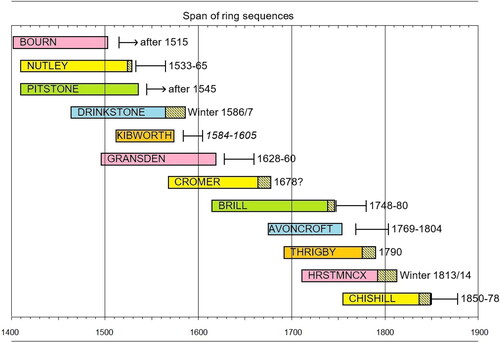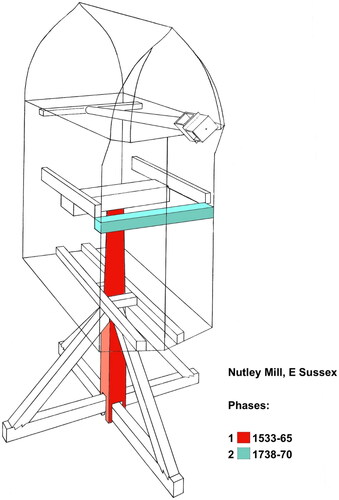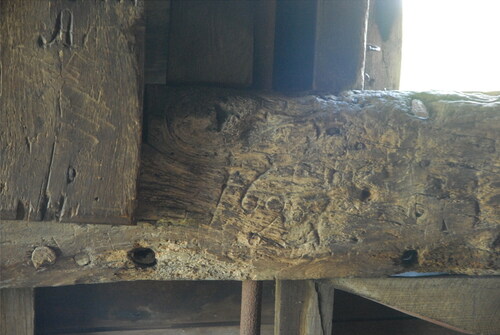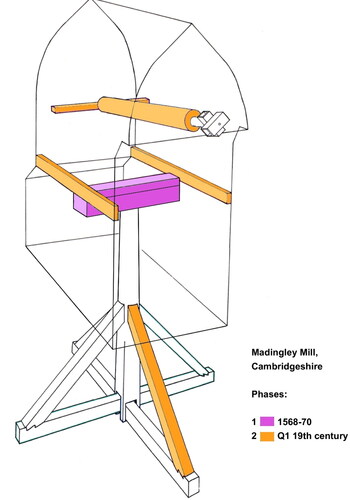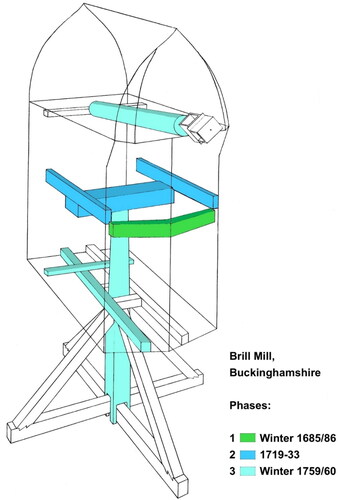Figures & data
Figure 1. Standard post mill design with principal timbers annotated. Based on a drawing of Gransden Windmill by Graham Black. Key: 1 Central main post; 2 Tailpole; 3 Cross trees; 4 Quarter bars; 5 Crown tree; 6 Side girts; 7 Corner posts; 8 Wallplates, or upper side rails; 9 Lower side rails; 10 Weather beam; 11 Windshaft; 12 Sheers
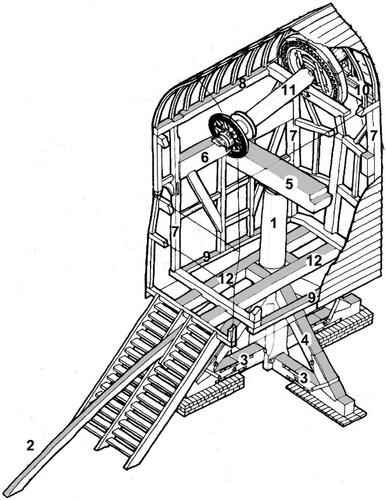
Figure 2. Bourn Windmill (Cambridgeshire). Note the open trestle supported on brick plinths, pitched roof shape and two plain sails (photo: Martin Davies)

Figure 3. Gransden Windmill in its working days in the early 1870s—a rare early photograph of a typical early post mill. Note the open trestle supported on brick plinths, the two plain sails with cloths unfurled and the curved roof shape (photo: Revd Frederick Le Grice. From Gransden Society Archives)
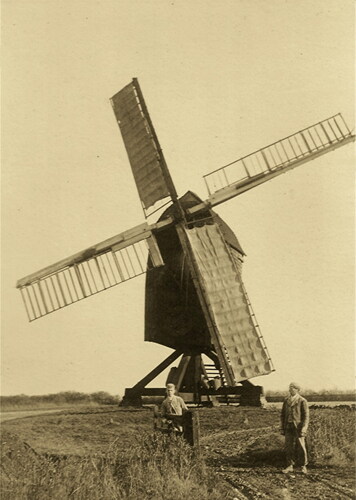
Figure 4. Distribution of surviving post mills in UK (total: 47 mills): With dendro’ data 

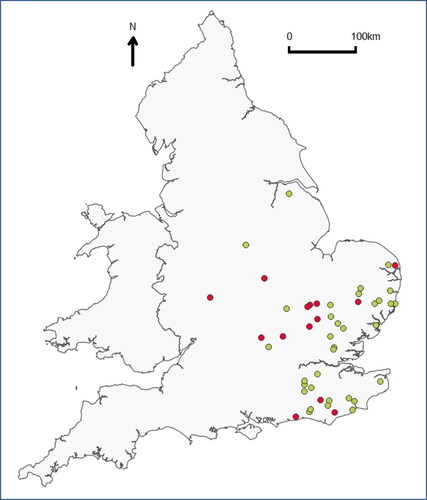
Table 1. Surviving post mills in the UK and their current designation status
Table 2. Summary totals of types of designations of post mills
Table 3. Post mills where dendrochronological dating investigations have been conducted – in earliest mill date order
Figure 5. Bourn: Scientifically dated timbers at Bourn Windmill, Cambridgeshire. Based on an original drawing by John Reynolds
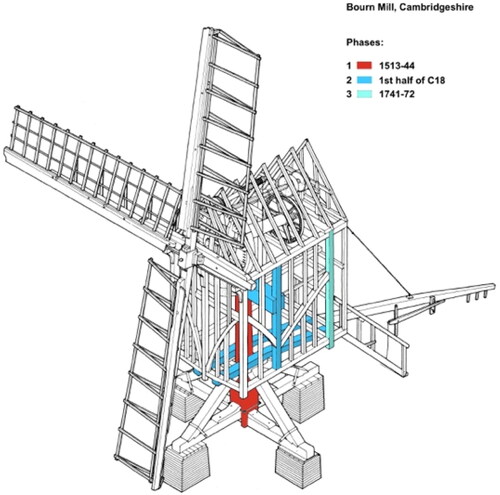
Figure 9. Pitstone Windmill (Buckinghamshire). Note the full set of four plain (cloth) sails (photo: Martin Davies)
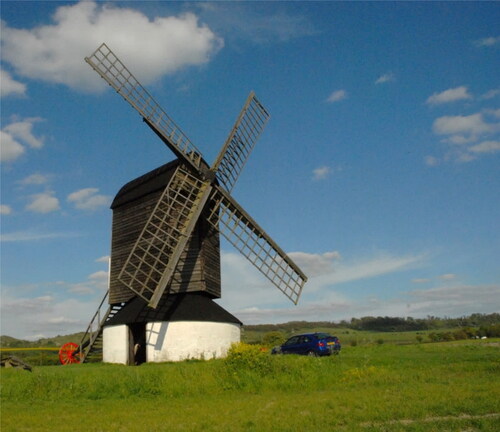
Figure 10. Scientifically dated timbers at Pitstone Windmill, Buckinghamshire. Based on a drawing by John Brandrick
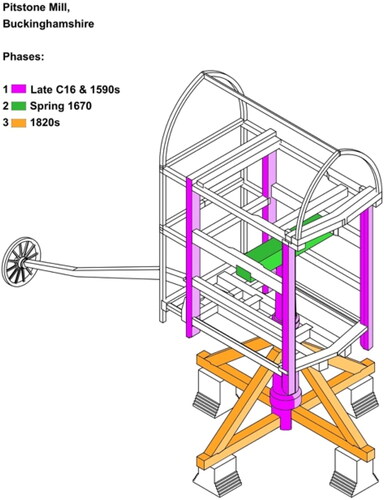
Figure 11. Madingley Mill in Cambridgeshire. Formerly located at Ellington and before that at Easton, both then in Huntingdonshire (photo: Martin Davies)
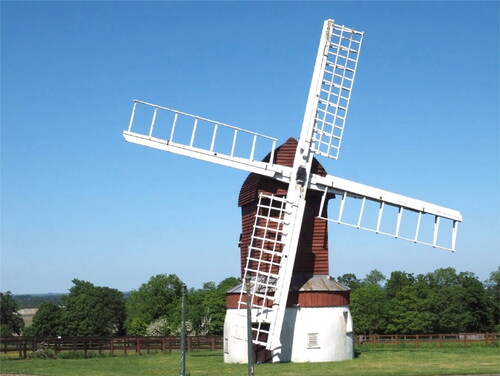
Figure 13. Scientifically and typologically dated timbers at Drinkstone Post Mill, Suffolk. Typologically dated phases are marked (T). Based on a drawing by Vincent Pargeter and John Brandrick
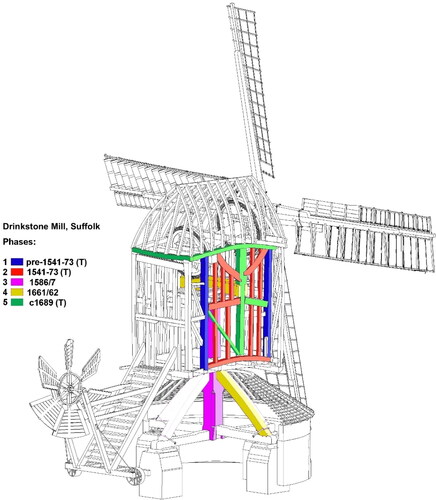
Figure 14. Scientifically dated timbers at Gransden Mill, Cambridgeshire. Based on a drawing by Graham Black

Figure 15. Scientifically dated timbers at Cromer Windmill, Ardeley, Hertfordshire. Sampled timbers are numbered. Based on an original drawing by Robin Webb
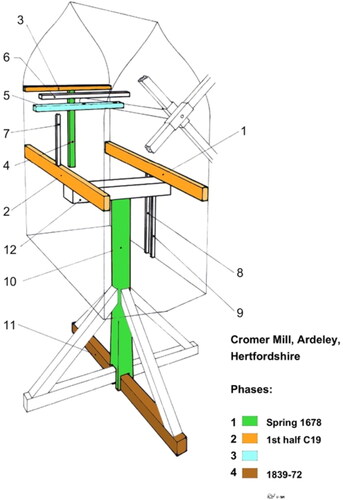
Figure 17. Two pre-used old timbers that were upcycled during a past rebuild into wall studs in the buck wall at Great Chishill Windmill. Martin Bridge is drilling a dendro sample from one of them, which when analysed showed it was from a tree felled in the period 1693–1726 (photo: Martin Davies)
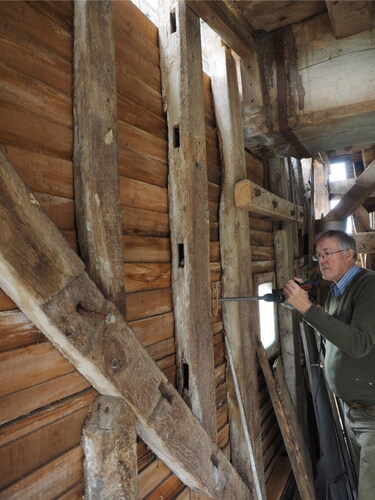
Figure 19. Dendro samples from main posts of some English post mills: span of ring sequences and estimated felling date ranges. This figure shows the span of the ring-width sequences of main posts from various post mills in England. The coloured section of bar represents heartwood rings, hatched sections represent sapwood rings, and actual or estimated felling dates/date ranges are also shown. Windmill Hill Mill is shown as HRSTMNCX
